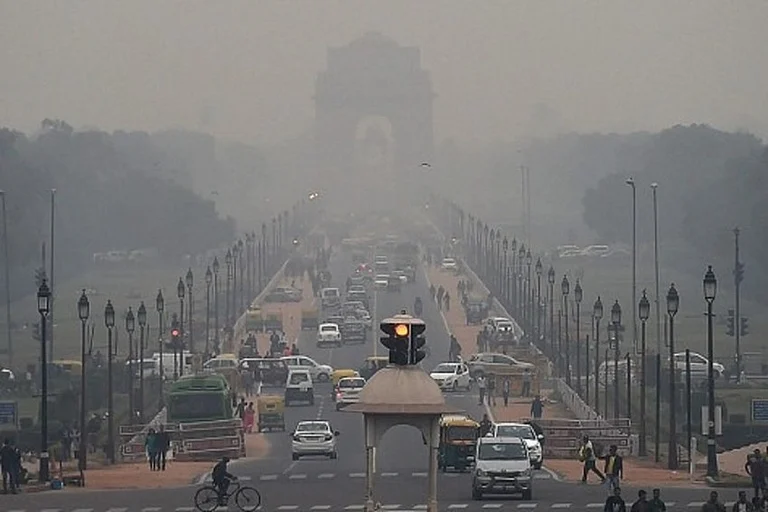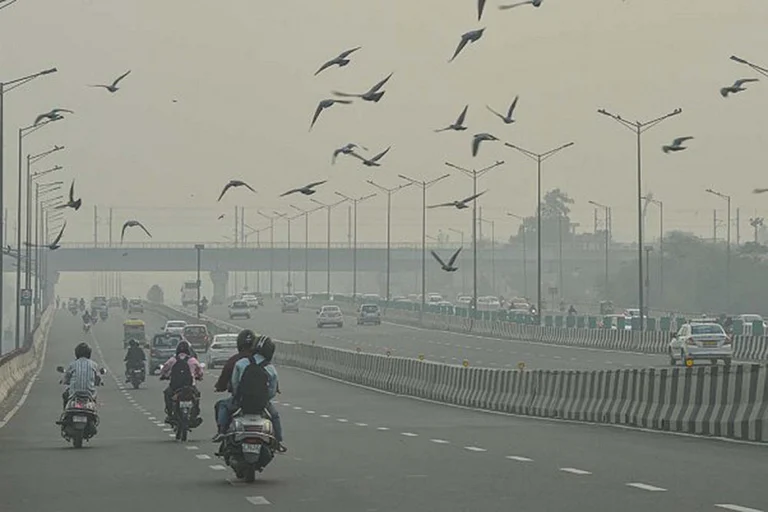
Faridkot records December-like minimum temperature of 6.5°C on November 7; Amritsar 10.3°C, Ludhiana 13.0°C, Patiala 13.1°C
Punjab AQI reaches hazardous 358-437; Amritsar 324 (hazardous), Jalandhar 182 (unhealthy); PM2.5 at 247-291 µg/m³
Stubble burning peaked at 351 instances on November 7, contributing 8.68-30.9% to PM2.5 concentration through the weekend.
North-westerly winds intensifying; minimum temperatures expected 10-12°C through November 10; peak pollution window November 6-12
Punjab experiences an unusually early winter chill combined with severe air pollution as stubble burning season intensifies across the state. Faridkot district witnessed December-like conditions on November 7, recording the state's coldest minimum temperature at 6.5°C, significantly below normal ranges for early November and prompting residents to prepare for winter prematurely. According to the meteorological data, other major districts also experienced sharp cooling: Amritsar recorded 10.3°C, Ludhiana 13.0°C, and Patiala 13.1°C. This geographic variation stems from Faridkot's position in Punjab's interior plains, where cold northwesterly winds from the north combine with clear night skies that accelerate heat loss from the ground.
Temperature Trends in Punjab
The minimum temperatures across Punjab showed an average drop of 0.7°C compared to the previous day, with the state-wide decline attributed to falling temperatures, stagnant air patterns, and advancing winter season. Faridkot's particularly dramatic cooling occurs due to its geographical location and exposure to cold northwesterly winds channeling directly from northern regions without moisture barriers. Weather patterns show no significant rainfall during this period; the cold wave intensifies through atmospheric circulation shifts rather than precipitation-driven cooling. Minimum temperatures are expected to stabilize between 10-12°C at most Punjab stations through November 10, with Faridkot potentially dipping below 6°C on select nights as winter establishes more firmly.
Air Quality and Stubble Burning Crisis
Punjab's overall AQI reached hazardous levels at 358-437 as stubble burning accelerated dramatically through the state. Amritsar recorded hazardous AQI at 324 with PM2.5 at 237 µg/m³, while Jalandhar measured unhealthy AQI at 182 with PM10 at 145 µg/m³. Punjab recorded 351 stubble burning instances on November 7, the second-highest daily count this pre-winter season following the peak of 442 fires on November 1. The Decision Support System estimates stubble burning contributed 8.68% to Punjab's air pollution on November 7, with forecasts suggesting contributions could reach 30.9% through November 8-10 as north-westerly winds persist. Experts warn that the pollution peak window extends from November 6-12 this year due to delayed harvesting caused by monsoon floods, later than the typical November 4-8 period.
According to the IMD forecast, maximum temperatures in Punjab are expected to range between 24-28°C with minimums between 6-10°C during November 7-13, while no significant rainfall is predicted, prolonging dry and cold conditions that worsen pollution dispersion.







_.jpg?w=801&auto=format%2Ccompress&fit=max&format=webp&dpr=1.0)




















